Little Moreton Hall is arguably the finest timber-framed manor house in England and certainly one of the most photographed. The mansion, adorned with intricate timber ornamentation, is situated around three sides of a paved courtyard and is surrounded by a moat. The upper floors of the house jut out over the base, and the small windows delight the eyes with a pleasing variety of Tudor glass.
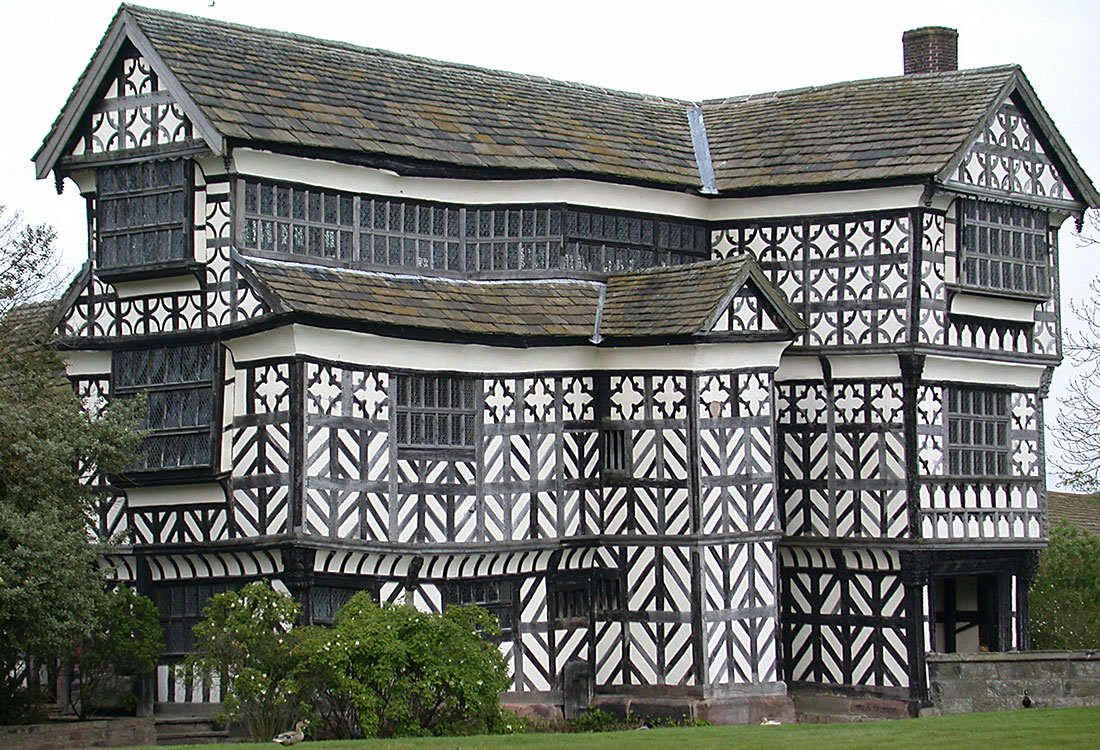
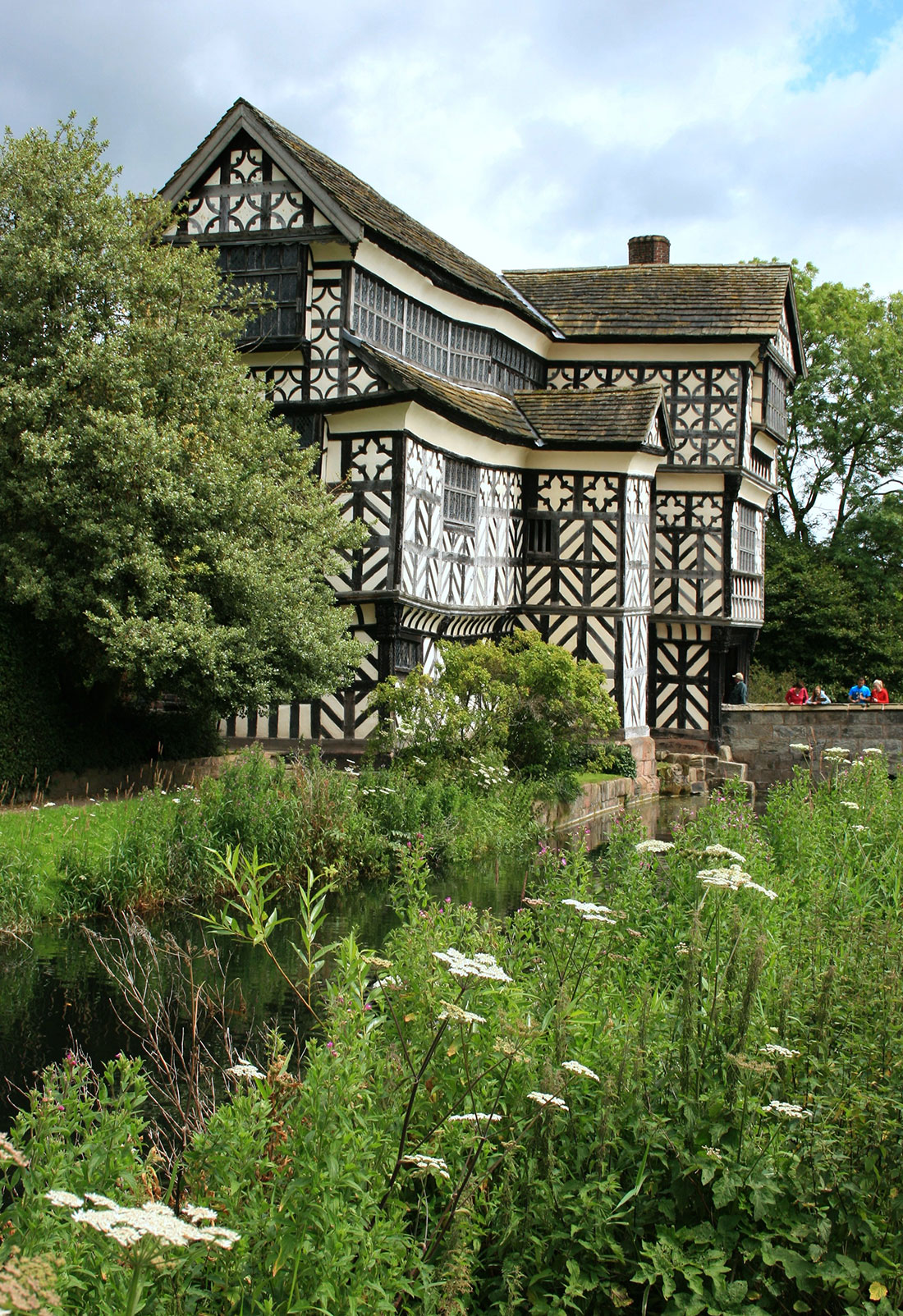
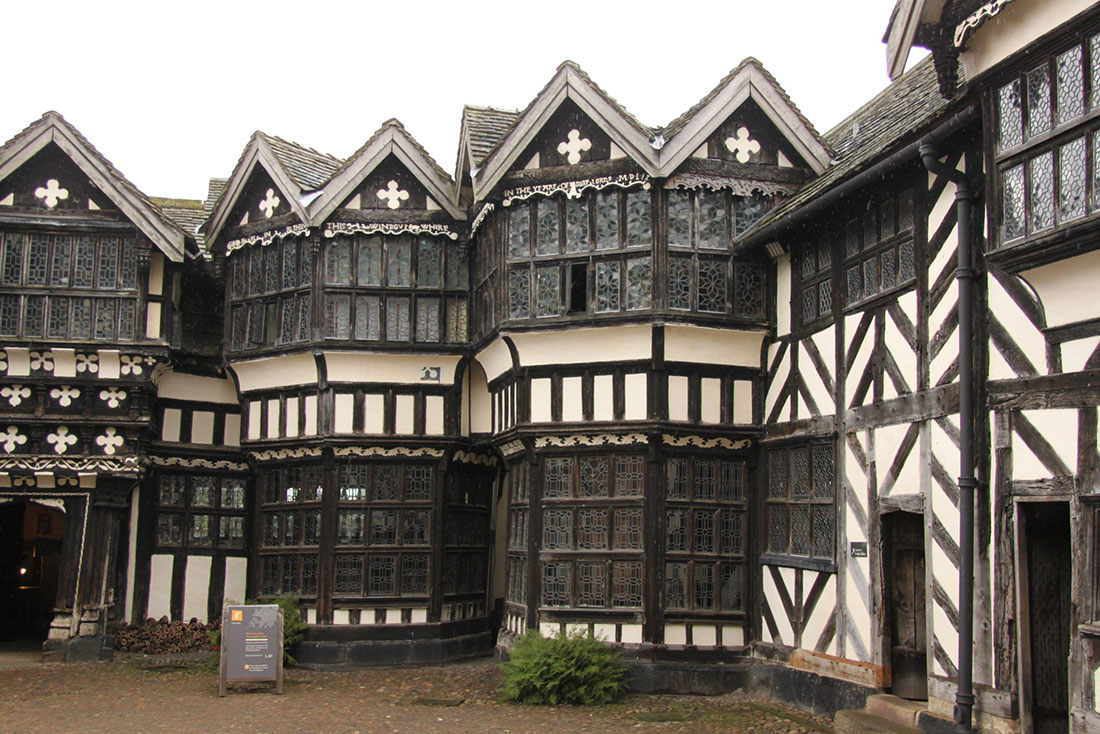
A delightful symphony of wooden timber frames, Little Moreton Hall rises like a fairytale estate, protected by a narrow moat. The house is built around an inner courtyard, which can be accessed through a projecting porch. At the far end of the courtyard is a Great Hall, constructed by Sir Richard de Moreton around 1504. On the left are the service rooms, and on the right are the chapel and the private chambers of the lord and his family
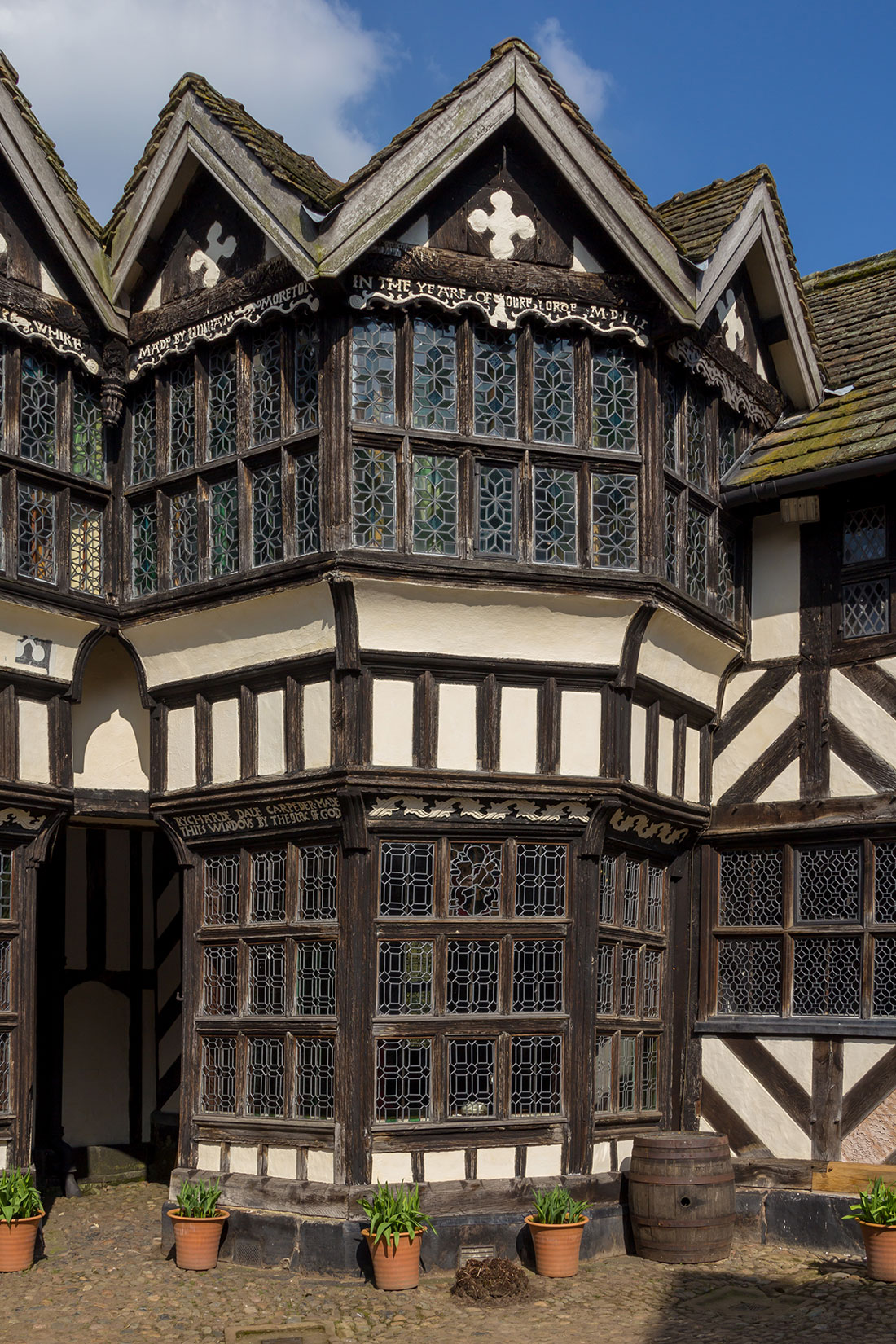
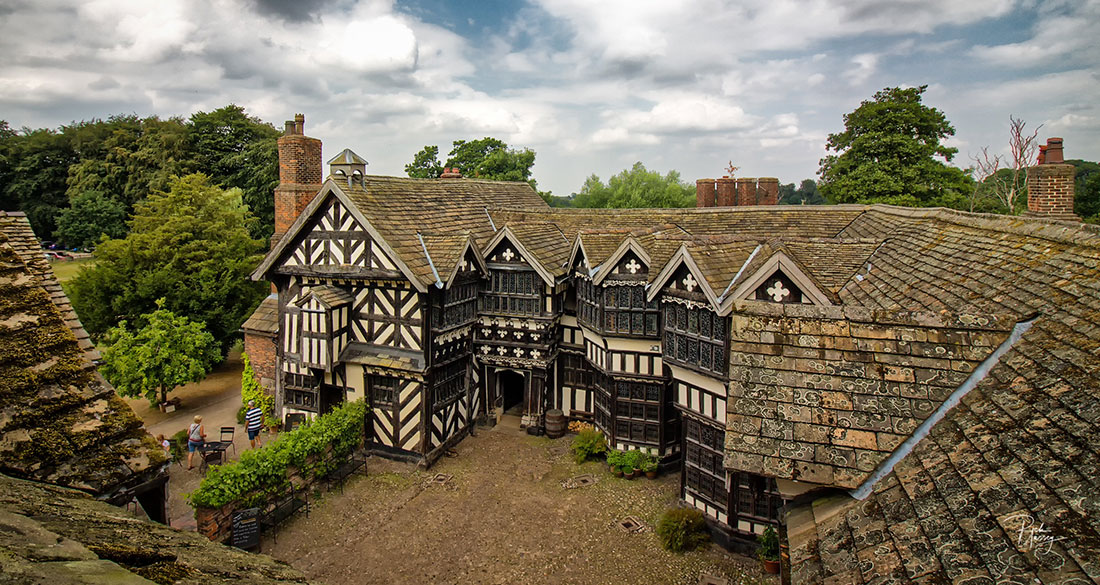
The Moreton family accumulated their wealth through the purchase of land after the Black Death in 1348 and the dissolution of the monasteries under Henry VIII. Little Moreton Hall was intended to be a testament to their recently acquired status. Construction of this intriguing structure began around 1504-1508, with additions being made until 1610. The house, with its knot garden popular during the late Tudor period, is situated on an island surrounded by a 10-meter moat.


In 1559, the Moretons added bay windows to the Great Hall, and a few decades later, an impressive long gallery was constructed above the porch. Inside the house, there are no corridors; each room leads directly to the next one, and the floors are connected by compact spiral staircases.
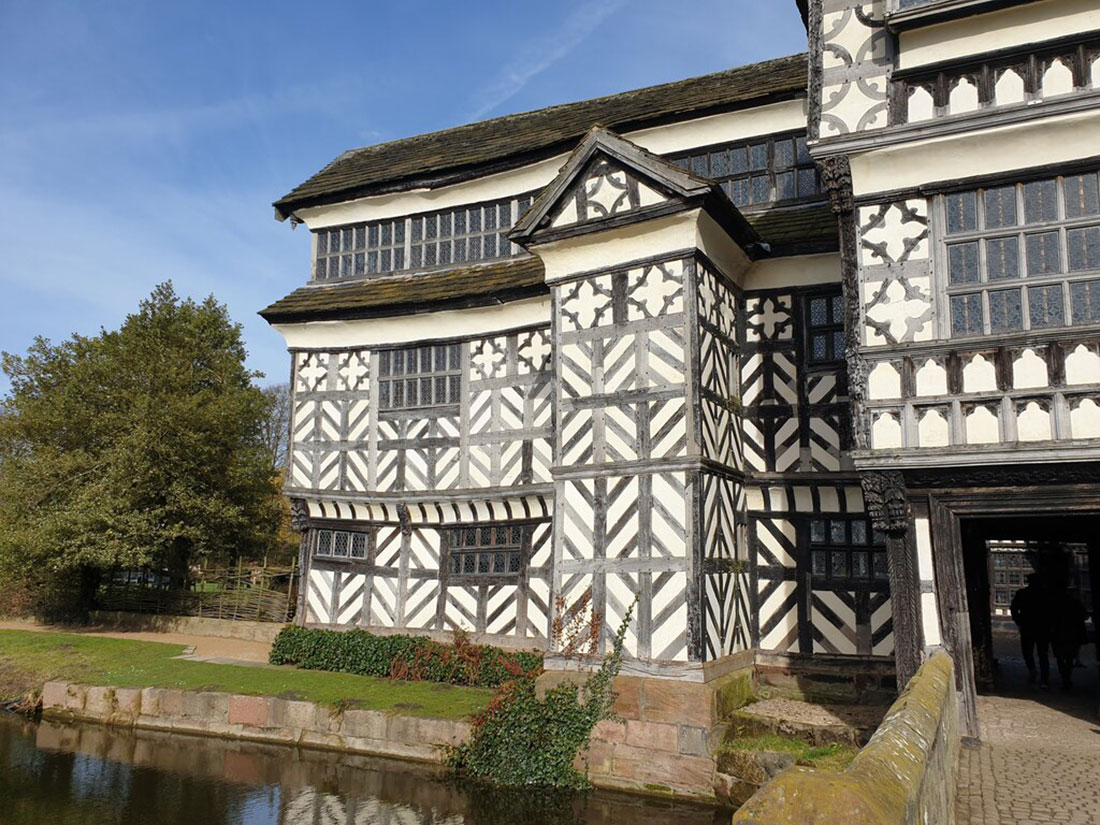
Due to the sparse amount of furniture, visitors can appreciate the wonderful plasterwork and wall paintings, including those in the long gallery
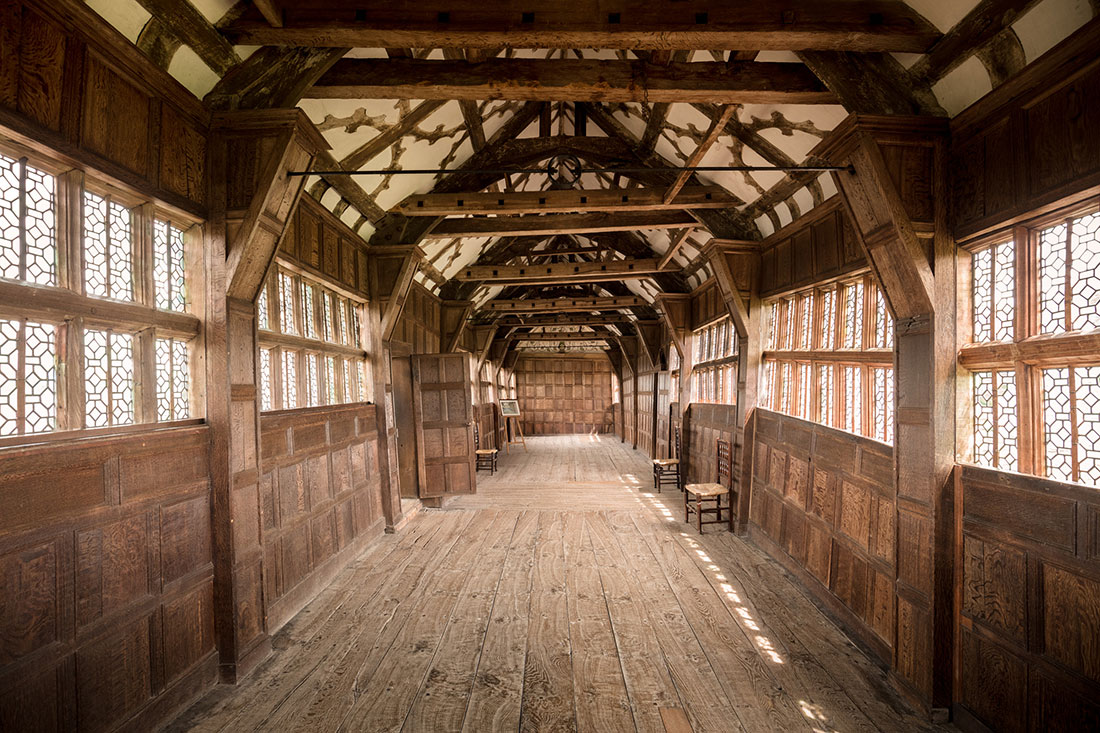
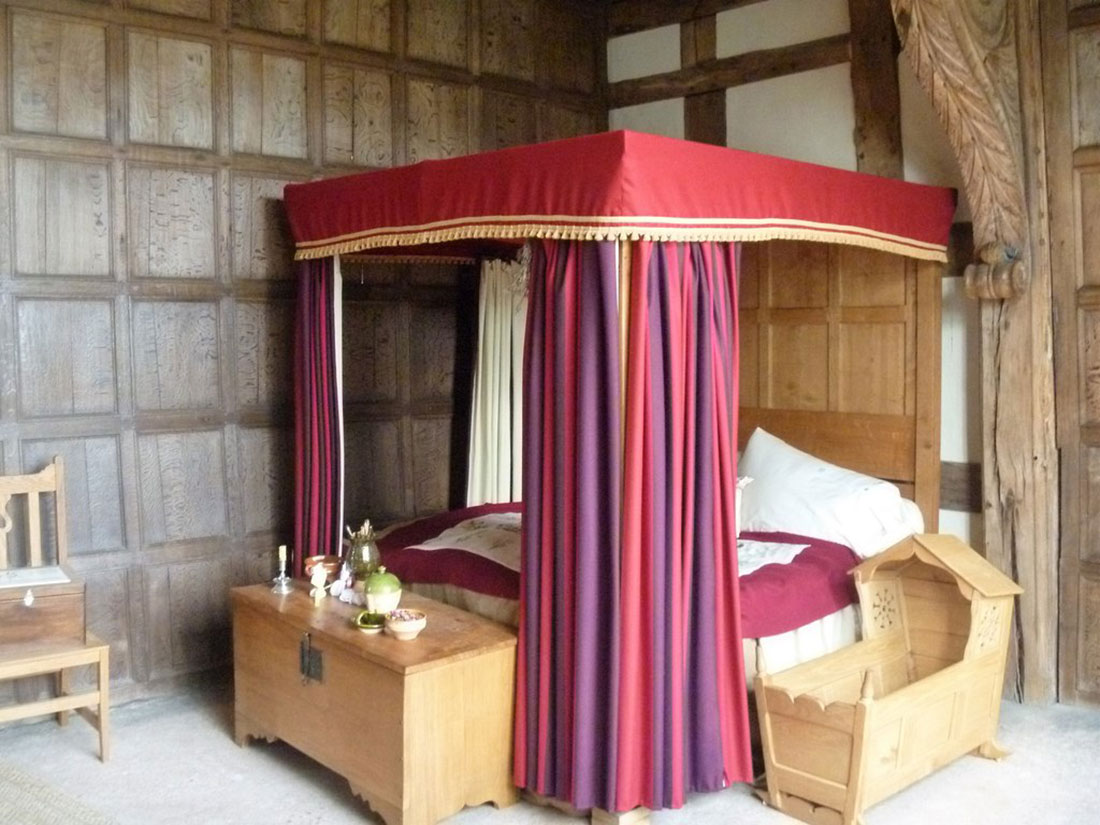
The decline of the Moreton family, who supported the royalists, came during the Civil War (1660), and along with it, the decline of the building. Unable to afford the upkeep of the property, they eventually decided to live elsewhere in the 18th century. Following the trends of the time, the manor was leased out and gradually transformed into a typical rural house. Nonetheless, it was well-preserved, and its distinctive features remained unchanged.
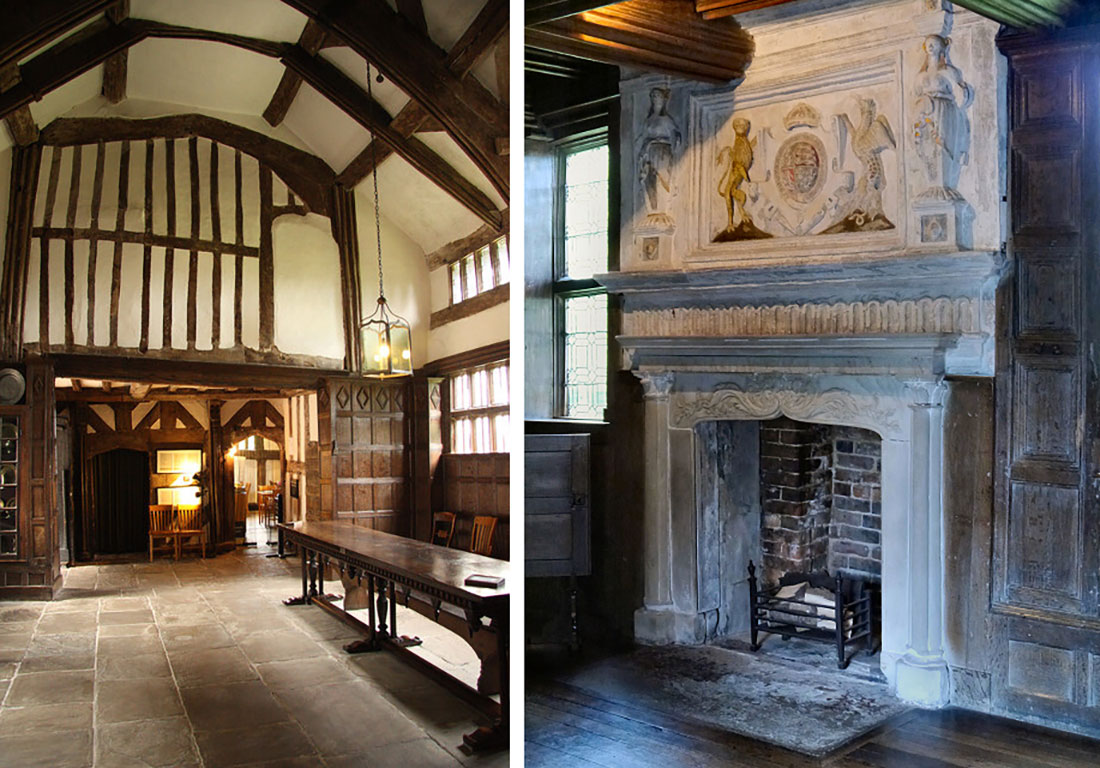
David Dixon, via Wikimedia Commons (CC BY-SA 2.0)
The black and white color scheme of the house, resembling a whimsical children’s drawing, which everyone finds so appealing, was fashionable during the Victorian era. Originally, the timbers were meant to be left to naturally age, while the walls were to be painted in a warmer shade of ochre
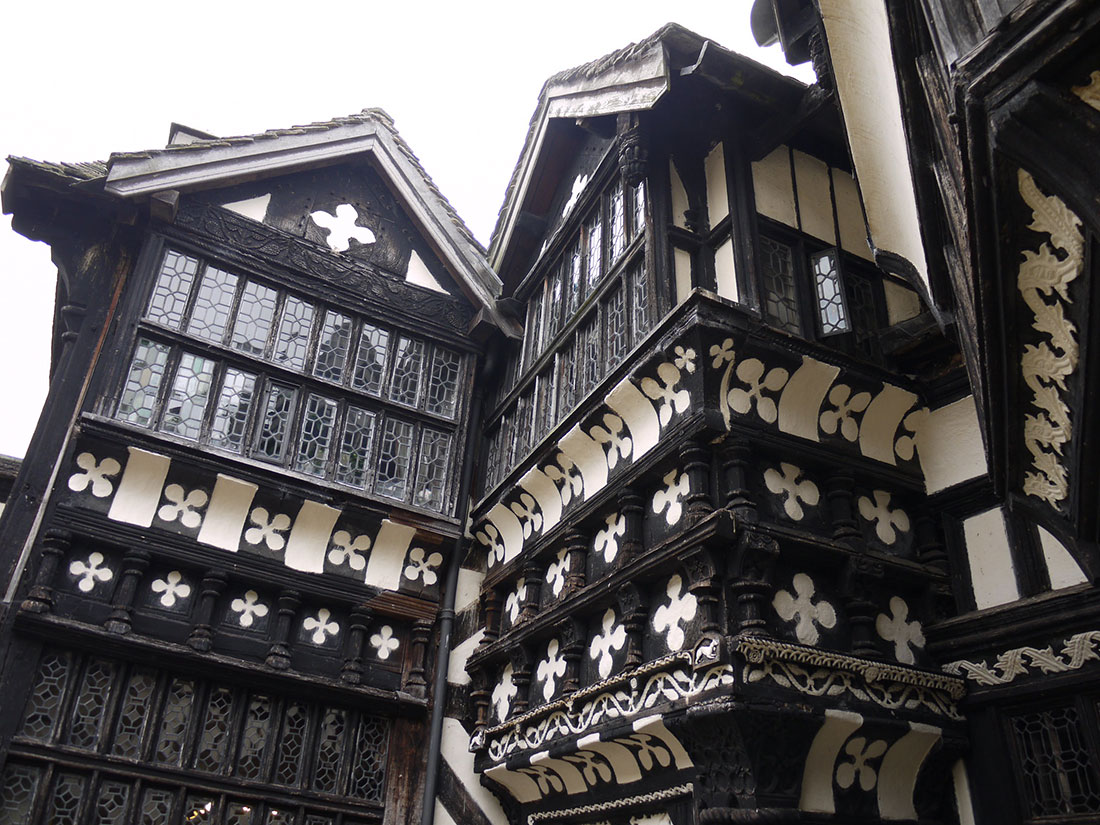
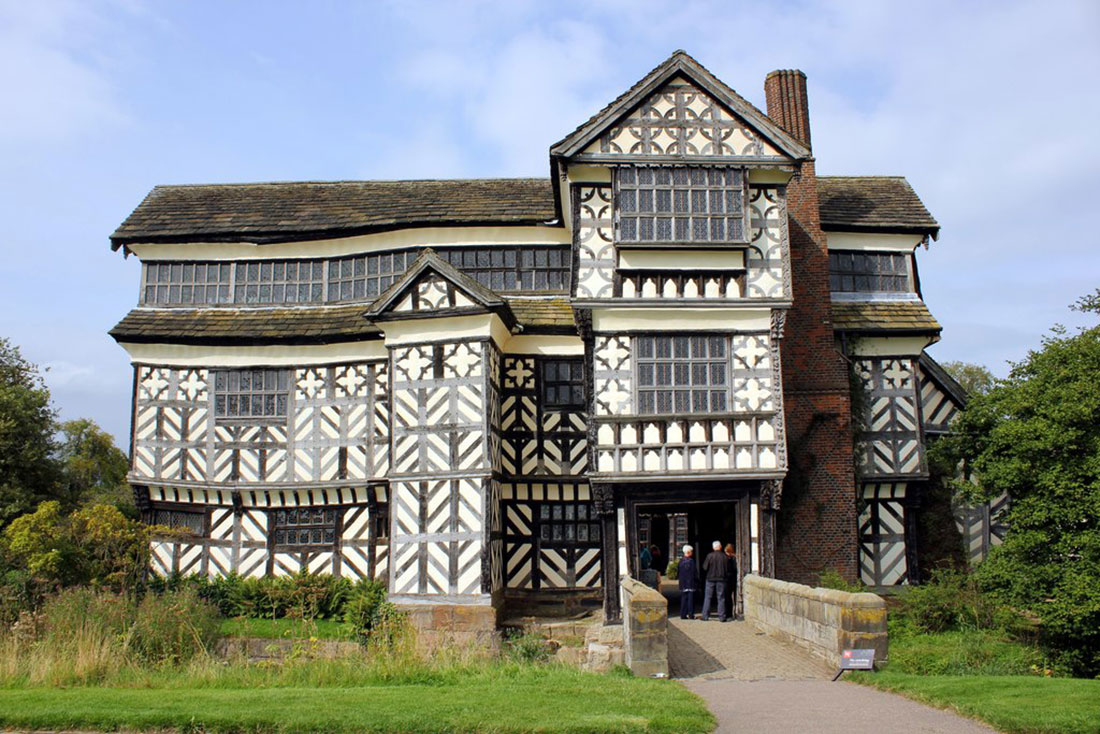
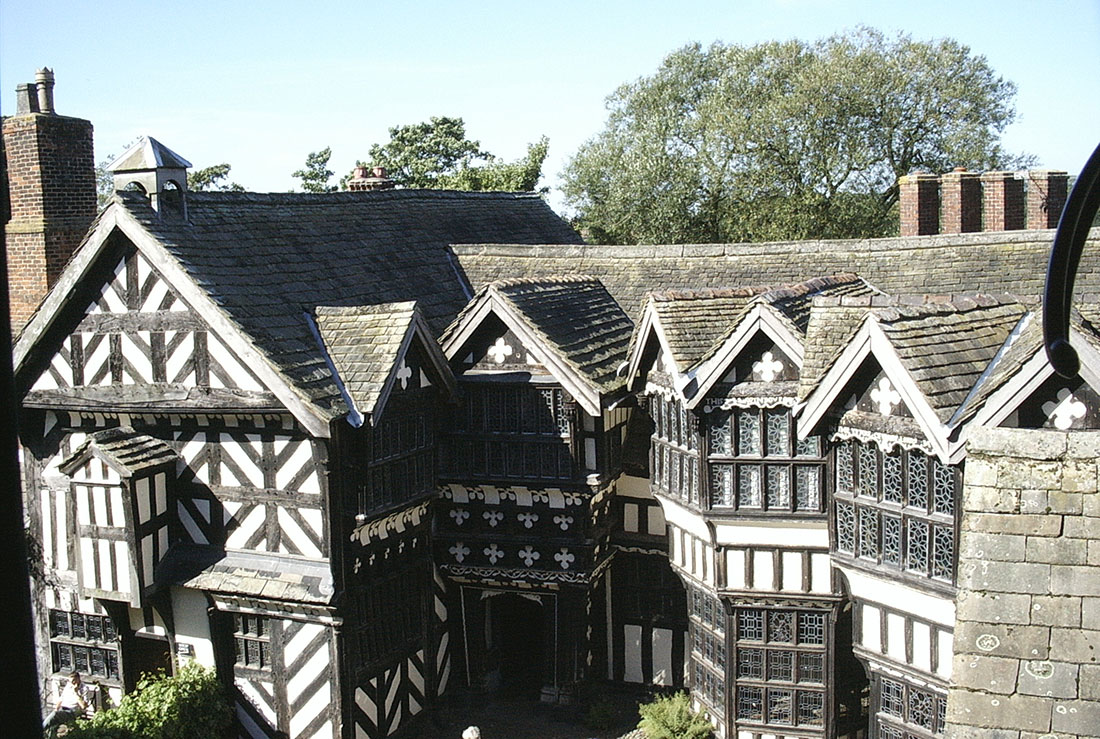
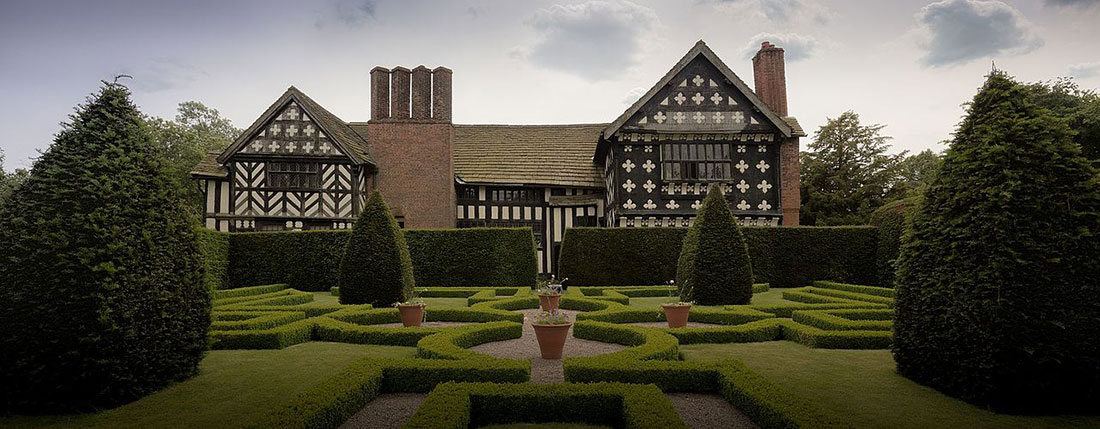
Nevertheless, the manor remained in the possession of the Moreton family for almost 450 years until the ownership rights were transferred to the National Trust in 1938. Little Moreton Hall and its sandstone bridge over the moat are listed as part of England’s National Heritage. The house has been completely restored and is now open for public from April to December each year.
Preview: © Michael Dibb / geograph.org.uk (cc-by-sa/2.0)




















